The Many Lives of My Kids’ Clothes, Monetized
The Many Lives of My Kids’ Clothes, Monetized
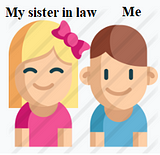
She worked at a law firm.

Her coworkers would buy expensive name-brand clothes for their kids.
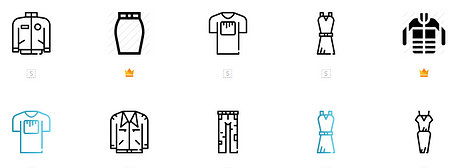
After their kids outgrew them or grew tired of them, their parents would offer the clothes to Sarah.
Sarah and her two kids gladly accepted them.

After Sarah’s kids outgrew them or grew tired of them, Sarah would offer the clothes to me and my wife.
We and our four kids gladly accepted them.
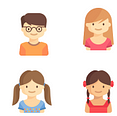
When our kids outgrew them, the clothes were then donated to a local thrift store.
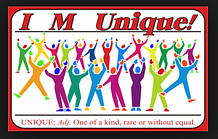
The thrift store then sold the clothes.
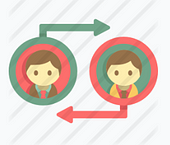
I know: Cool story, bro.
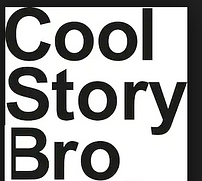
Here’s the point:
Traditional lifecycle of clothing charts are like this:
The story above demonstrates that actual, in-real-life clothing life-cycles have 7+ generations of people using each article of clothing.
Bottom Line: Homemaide lets each person monetize each of those articles of clothing, throughout each generation of the shirt’ or pants’ lifecycle.
1st Generation: Manufacturer purchases raw material (cotton, etc.) from producer. Employees of the manufacturer take pics of the cotton and upload them to social media. Friends of those employees purchase cotton sheets, blankets, shirts, clothes, towels and those employees earn a commission from each one of those purchases.
2nd Generation: Retailer purchases in bulk the finished product (shirt, pants). Companies like Overstock purchase some of the bulk product that has small defects. Employees of the retailer and the defect-product pruchaser take pictures of themselves at work or at a company picnic,(since they take pride in what they do and enjoy themselves at work). The retailer’s employees and friends of the defect-product purchasing company earn a commission each time their friends purchase an item from those uploaded pictures.
3rd Generation: Sarah’s lawyer-coworkers take pictures of their kids wearing the new brand-name clothing, and upload those pics to social media. Their friends see the pics and buy the same shirt, pants, shoes for their kids — this earns Sarah’s coworkers a commission from every one of those purchases.
Those clothes are given to Sarah.
4th Generation: Sarah then takes pictures of their kids wearing those clothes, and upload those pics to social media. Sarah’s friends see the pics and buy the same shirt, pants, shoes for their kids — this earns Sarah a commission from every one of those purchases.
Those clothes are then given to me and my wife.
5th Generation: My wife and I then takes pictures of our kids wearing those clothes, and upload those pics to social media. Sarah’s friends see the pics and buy the same shirt, pants, shoes for their kids — this earns my wife and me a commission from every one of those purchases.
Those clothes are then donated to a thrift store.
6th Generation: The thrift store makes money selling the clothes.
7th Generation: The people who buy the clothes then take pictures of their kids wearing those clothes, and upload those pics to social media. The purchaser's friends see the pics and buy the same shirt, pants, shoes for their kids — this earns the purchaser a commission from every one of those those purchases.